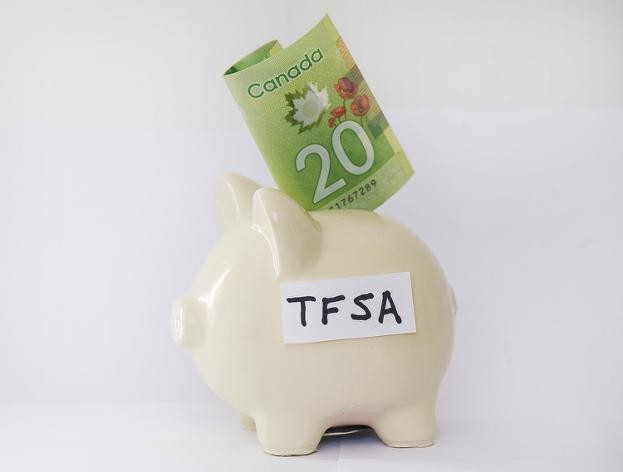Top ETFs for Your Retirement Savings Yahoo Finance Canada
Post on: 13 Сентябрь, 2015 No Comment

Focus: Careers
By Billy Fisher
Whether you are on the brink of retirement or have a ways to go, choosing the right ETFs for your portfolio can be a daunting challenge. At last check, there were more than 1,400 ETFs being tracked by Morningstar. Which ones are capable of enhancing your golden years? Here are some top ETF ideas for your retirement savings.
Global Diversity
Matt Tuttle, CEO of Tuttle Wealth Management, likes ETFs such as the iShares Core S&P Total U.S. Stock Market ETF and the iShares Core MSCI EAFE ETF for investors who have 20 years or more until retirement. Im a big believer in being tactical, he said. If youre just looking to buy and hold a couple of ETFs for the long term, though, an allocation of U.S. and international stocks makes a lot of sense.
Also see: How To Consolidate Your 401(k)s
For investors who have already reached retirement, Tuttle recommends low beta plays such as the iShares MSCI U.S. Minimum Volatility ETF and the iShares Select Dividend ETF. If I were retired, I would not go the bond route, he said. Weve been in a 30 year bull market for bonds, and thats not going to continue.
Managing Interest Rate Risk
It may be advantageous to take into account macro conditions when planning a retirement portfolio. Investors should hold securities that will do well in a slow but forward-moving economy with increasing interest rates, said David Vomund, president of Vomund Investment Management.
The Schwab U.S. Dividend Equity ETF and the Vanguard Dividend Appreciation ETF are two of Vomunds top picks for investors who have multiple decades until retirement. Their yields are attractive, especially in todays low rate environment, and they will increase the dividends, too, he said.
Vomund says investors with long time horizons should have the majority of their portfolios in equities, but the SPDR Barclays Short Term High Yield Bond ETF can be used to build out fixed income portions. High yield bond funds typically move more in line with the economy compared to interest rates, he said. SJNKs relatively short maturity duration of 3.5 years provides insulation against the negative effects of higher interest rates.
Also see: 7 Things You Should Be Doing to Live to 100
Vomund recommends adjusting allocations as retirement approaches. A recent retiree should also hold high yielding equity ETFs, because they are a better value than most areas of the fixed income market, he said. The equity holdings should be a smaller percentage of the portfolio, however.
Fundamentally Focused
ETFs with a forward focus are the preference of Ryan Issakainen, an exchange-traded fund strategist for First Trust Advisors. Its important to consider equity income strategies that have a way to identify companies that are well-positioned to increase dividends, he said.
Issakainen likes the methodology used by the First Trust Value Line Dividend Index Fund in selecting dividend paying companies. It uses Value Lines safety ranks, he said. Built into its safety rankings is an evaluation of a companys fundamental health.
Issakainen says this consideration is a better predictor of the future than past dividends. Its really what ends up being determinative of whether a company is going to be able to maintain and perhaps grow its dividends in the future, he said. More importantly it helps to identify companies that might have to cut their dividends.
Also see: How Retirees Can Maximize Their Social Security Payouts
Those saving for retirement should pay careful attention to the sector allocation of their portfolios. The vast majority of equity dividend focused ETFs tend to be underweight tech stocks, Issakainen said. Most dividend indexes have rules that require a company to have raised or paid dividends over a very long period of time.
Issakainen says the First Trust NASDAQ Technology Dividend Index Fund can serve as an ideal complement for retirement savers looking to build a well-balance portfolio. The technology sector represents the largest contributor of dividends of any sector in the S&P 500, he said. Thats the case, because the tech sector has grown its dividends at a rate of right around 20% for the last five or six years.














